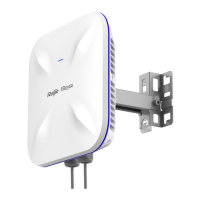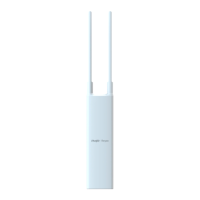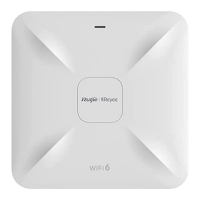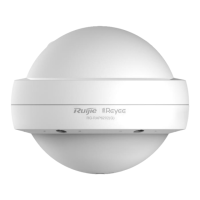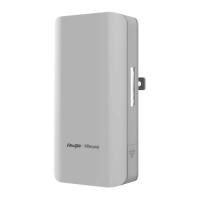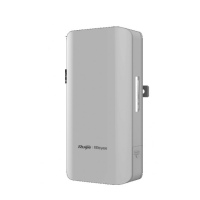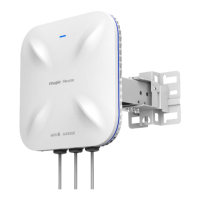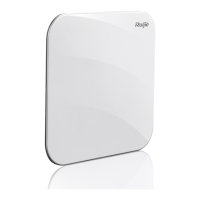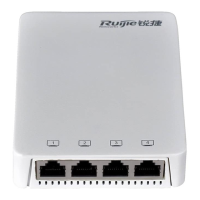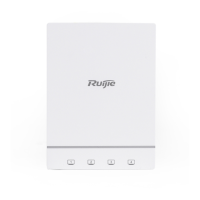Web-based Configuration Guide Network Settings
150
4.17.2 IPv6 Basic
1. IPv6 Address Format
IPv6 increases the length of the address from 32 bits in IPv4 to 128 bits, and therefore
has a larger address space than IPv4.
The basic format of an IPv6 address is X:X:X:X:X:X:X:X. The 128-bit IPv6 address is
divided into eight 16-bit sections that are separated by colons (:), and 16 bits in each
section are represented by four hexadecimal characters (0–9 and A–F). Each X represents
a 4-character hexadecimal number.
For example: 2001:ABCD:1234:5678:AAAA:BBBB:1200:2100, 800:0:0:0:0:0:0:1,
1080:0:0:0:8:800:200C:417A
The number 0 in the IPv6 address can be abbreviated as follows:
The starting 0s can be omitted. For example,
2001:00CD:0034:0078:000A:000B:1200:2100 can be written as
2001:CD:34:78:A:B:1200:2100.
Consecutive 0s can be replaced by two colons (::). For example, 800:0:0:0:0:0:0:1 can be
written as 800::1. Consecutive 0s can be replaced by two colons only when the 16-bit
section contains all 0s, and the two colons can only appear once in the address.
2. IPv6 Prefix
An IPv6 address consists of two parts:
Network prefix: It contains n bits, and is equivalent to the network ID in an IPv4
address.
Interface identifier: It contains (128 - n) bits, and is equivalent to the host ID in an IPv4
address.
The length of the network prefix is separated from the IPv6 address by a slash (/). For
example, 12AB::CD30:0:0:0:0/60 indicates that the length of the prefix used for routing in
the address is 60 bits.
3. Special IPv6 Address
There are also some special IPv6 addresses, for example:
fe80::/8 is a link local address, and equivalent to 169.254.0.0/16 in IPv4.
fc00::/7 is a local address, and similar to 10.0.0.0/8, 172.16.0.0/16, or 192.168.0.0/16 in
IPv4.
ff00::/12 is a multicast address, and similar to 224.0.0.0/8 in IPv4.

